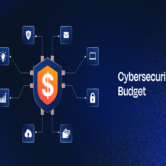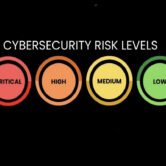
What role does leadership play in supporting IT education initiatives?
Setting the Vision and Prioritizing Learning
- Defines IT education as a strategic business priority.
- Communicates its value clearly during meetings, onboarding, and reviews.
- Aligns learning initiatives with company goals, such as innovation or digital transformation.
- Establishes training as part of long-term talent and growth planning.
- Ensures cross-functional integration of technical learning initiatives.
Allocating Time and Resources
- Dedicates budget for tools, platforms, instructors, and certifications.
- Authorizes time for employees to participate in learning during work hours.
- Approves training schedules that avoid conflict with key operations.
- Provides access to coaching, mentorship, or external learning partners.
- Champions flexible, scalable learning programs across departments.
Leading by Example
- Actively participates in training programs or workshops.
- Shares personal learning experiences with the team.
- Encourages managers to engage in and promote learning.
- Demonstrates ongoing commitment to digital upskilling.
- Recognizes and rewards team members who embrace growth.
Monitoring and Accountability
- Establishes KPIs for training participation and performance improvement.
- Reviews progress in leadership meetings and employee check-ins.
- Holds managers accountable for team learning outcomes.
- Uses learning data to inform decisions on hiring, promotions, or restructuring.
- Promotes transparent tracking of training completion and certification.
Creating a Supportive Culture
- Builds psychological safety around asking tech-related questions.
- Normalizes learning from mistakes and experimentation.
- Fosters peer learning, mentorship, and cross-functional knowledge exchange.
- Celebrates learning milestones across the company.
- Maintains open channels for learning feedback and improvement.





